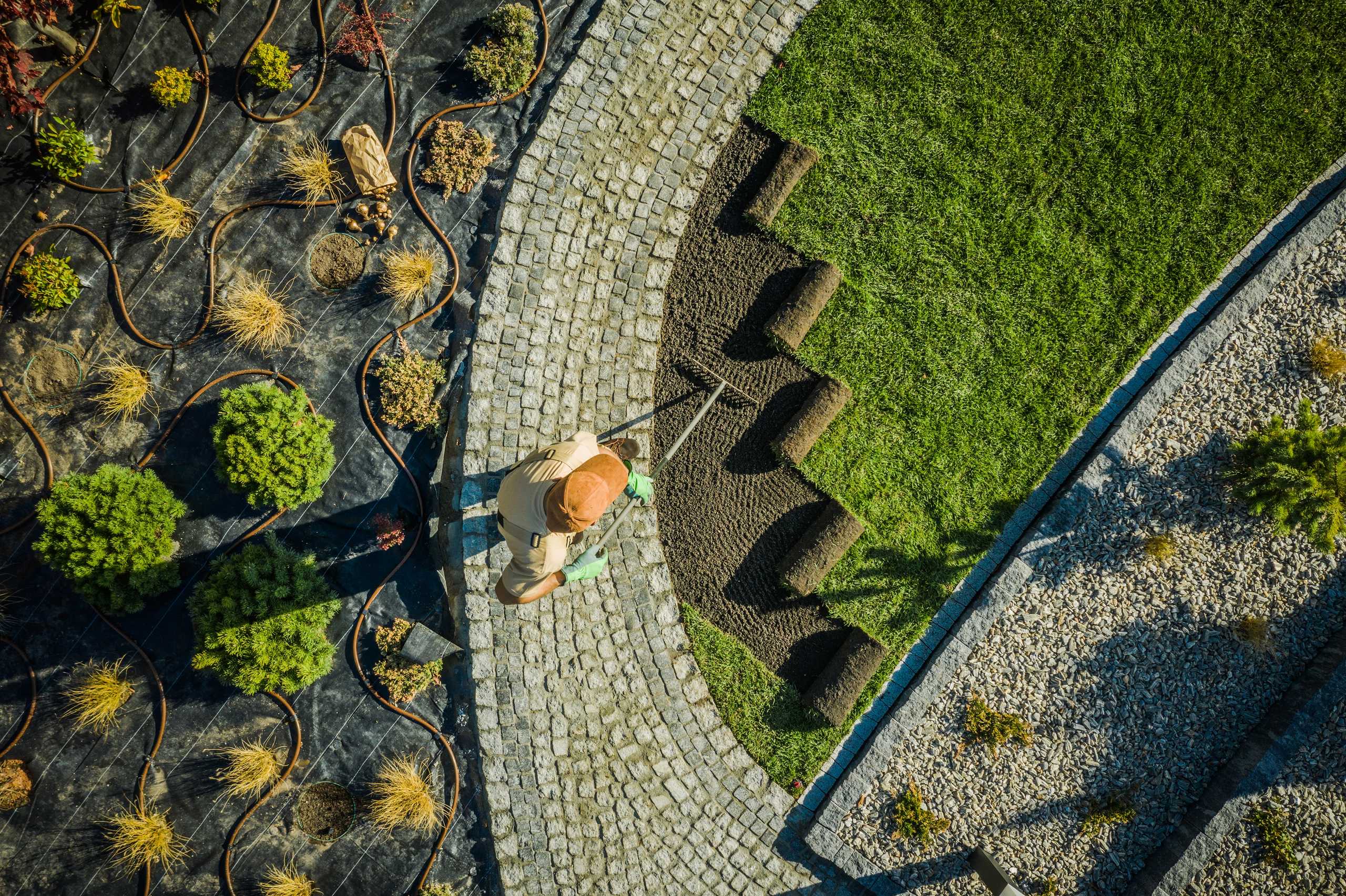Address
304 North Cardinal St.
Dorchester Center, MA 02124
Work Hours
Monday to Friday: 7AM - 7PM
Weekend: 10AM - 5PM

Truly timeless landscapes are not bound by fashion — they transcend it. While trends may fade, harmony and proportion remain eternal. A garden that feels natural and complete today will still evoke emotion decades later if its foundation is built on balance and purpose.
At LandVista Course, we teach that great design is not about novelty, but about essence. It’s about crafting spaces that feel inevitable — where every path, plant, and stone seems to belong exactly where it is.
To build enduring landscapes, a designer must understand the silent rules that make spaces feel complete.
The most perfect compositions are already written by nature herself. Mountains, rivers, forests — all show us how variety and unity coexist. A designer’s role is not to compete with nature, but to interpret it.
Walk through an untouched meadow: you’ll see harmony in randomness, contrast in texture, and beauty in imperfection. This is the true foundation of timeless design — learning from what already works effortlessly.
Design longevity also depends on material integrity. Choose what ages gracefully, not what merely shines at first glance.
The passage of time should enhance a landscape, not degrade it.
Every garden holds a feeling. It might be serenity, discovery, nostalgia, or renewal. Defining that emotional tone before beginning helps the design take shape naturally.
Consider:
A timeless design is one that evokes lasting emotion — not just admiration.
Even timeless gardens change — and they should. Growth, decay, and renewal are part of their story. A designer’s goal is not to preserve perfection, but to create a framework where beauty thrives in every phase.
A landscape that evolves gracefully over years becomes a living testament to thoughtful design — a dialogue between creator, nature, and time.
A timeless garden is not built overnight. It grows slowly, shaped by patience, intention, and understanding. Its beauty doesn’t scream; it whispers.
At LandVista Course, we teach our students how to listen — to the land, to light, and to silence — so that their work may stand the test of time and remain as alive tomorrow as it is today.